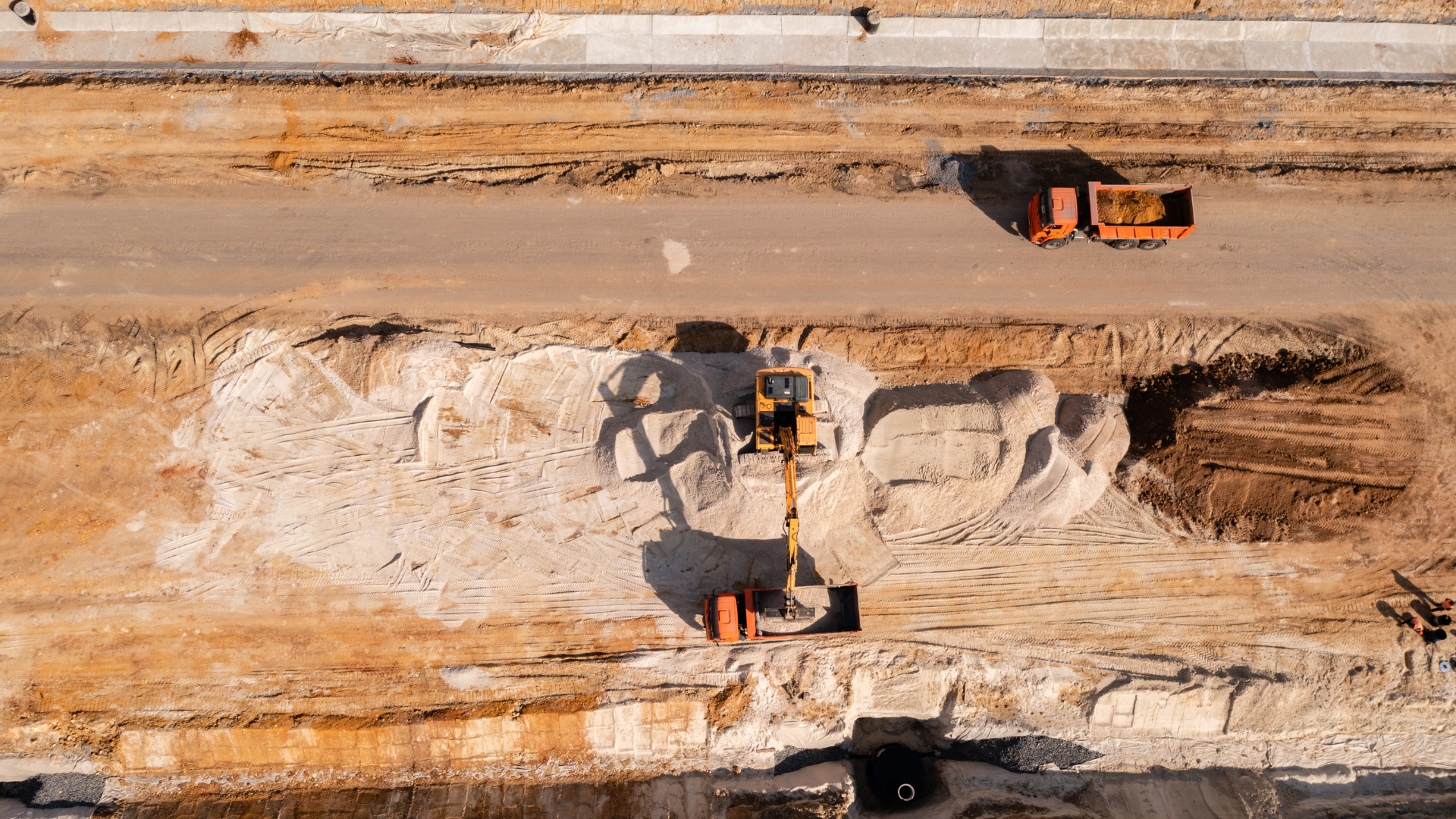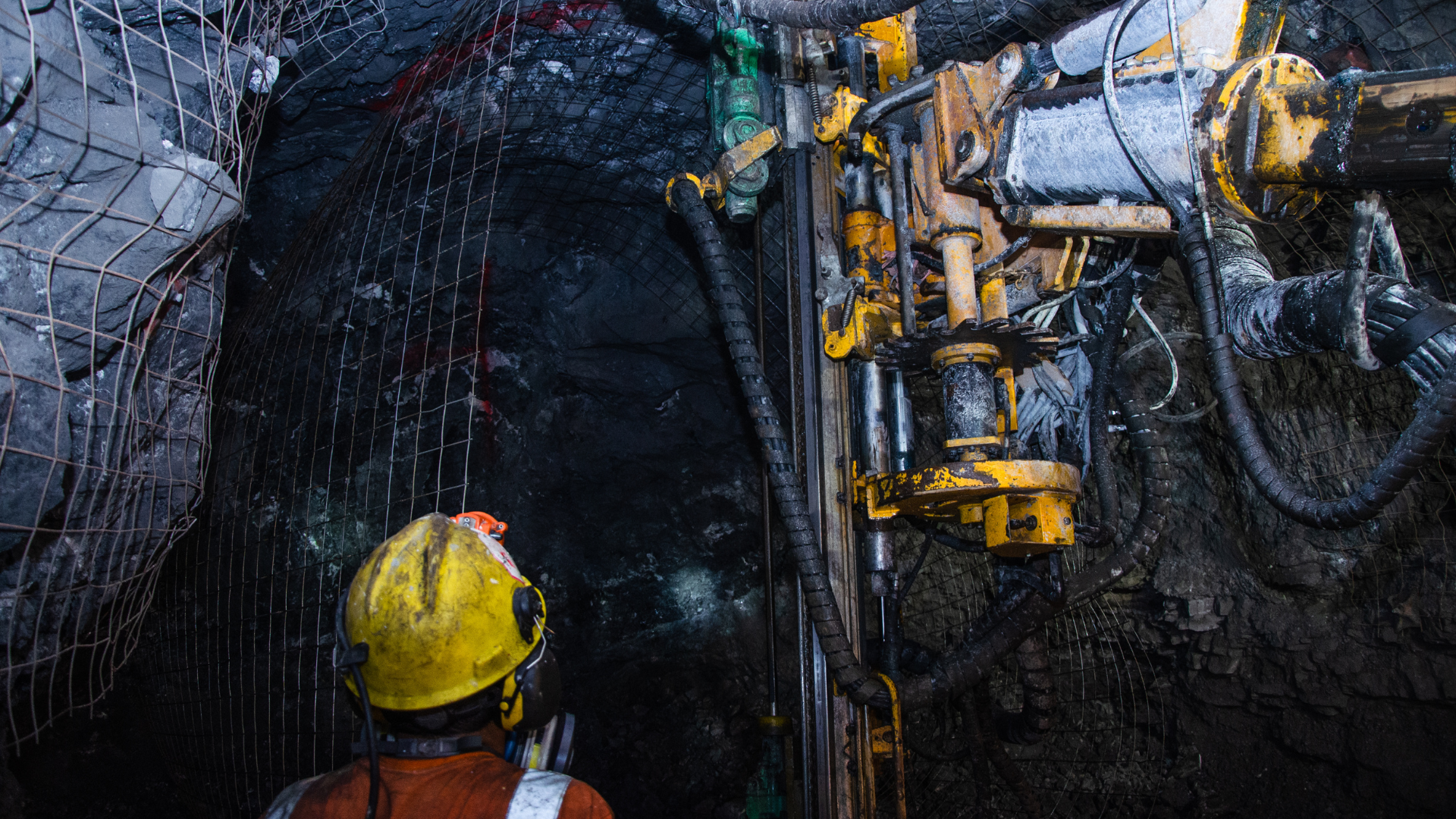How to keep new hires from walking off site
Why onboarding in trades sector needs to be smarter, stronger and ready for a skills short future.

Why onboarding in trades sector needs to be smarter, stronger and ready for a skills short future.
We all know it, finding good tradies is tough. But keeping them? That’s another real challenge. Australia’s trades and construction industries are still in the pinch from an ongoing labour crunch. It’s been dragging on for years and it’s not going anywhere soon. Competition for quality candidates is fierce and if you don’t get the early days right, there’s every chance your new hire will walk before the end of their probation.
That’s why the first 90 days on the job are make or break.
“The skills shortage is only going to continue. Businesses that want to grow need to be proficient in attraction and retention, that’s non negotiable,” said Luke McFadzean, AWX General Manager Sales.
So, what does good onboarding actually look like in trades? It’s not rocket science. It starts with a clear, consistent onboarding experience and showing your new starters they’ve joined a business that’s got their back.
Why people want to work with you in the first place
Before we even talk about onboarding, let’s back up a bit. If you want people to join your crew, they need a reason to say yes. Here’s what matters most to tradies today:
Consistent, reliable work
Job security and consistent hours are a big draw card. Nobody wants to jump into a gig just to be out of work three weeks later. People want to know there’s a solid pipeline of projects coming through.
“Managing your materials, job flow and project pipeline it’s all critical if you want to offer consistency and job security,” said Luke.
Work life balance
RDO’s, 9 day fortnights, early knock offs on Fridays, flexible rostering can all be game changers. They’re not perks anymore, they’re what workers expect. If your competitors are offering them and you’re not, it shows.
Pay
You don’t always have to be the highest payer on the block but you’ve got to be competitive. People talk. And if your rates are lagging, you’ll lose good people fast.
Company profile
You need to be visible in the market. Whether it’s word of mouth, social media or having your name out there on site signage brand awareness matters. If tradies have never heard of you, they’re less likely to apply.
What great onboarding actually looks like
Have a plan
Structured onboarding doesn’t need to involved endless paperwork, it’s having a clear, repeatable process that works every time.
“You don’t need to reinvent the wheel, just have a clear, repeatable process. Just make sure new starters know what’s expected, where they fit in and how to get support if they need it,” said Luke.
Set expectations early
Spell out the job. Hours, pay cycles, what success looks like, how long the project will run – lay it all out from the start. When people know what they’re walking into, they’re more likely to stick around.
Get the basics right
Don’t underestimate the importance of making someone feel welcome. Sort PPE, access passes and even where to park before day one. Introduce them to the team, walk them through the site, and set them up properly. No one wants to rock up to site and be met with confusion.
“First impressions count. Make them feel like you’ve got your act together because that gives confidence in the business too. Make sure PPE, tools, access passes even something as small as where to park is sorted in advance. A smooth day one experience can make all the difference,” he said.
Go beyond compliance
Inductions and safety are essential. But don’t stop there. Help new starters understand the crew, who’s who, the culture and who they speak to if there’s an issue. That context helps them feel part of the crew.
Keeping new hires engaged
Getting someone through the induction is the start. If you want them to stick around, you’ve got to keep showing up for them.
Check in early and often
Don’t wait for problems. Catch up with your new starters are a few days, then again in the first couple of weeks. Ask how they’re settling in, what’s working and what’s not.
“It’s not just the formal performance reviews that are important – the quick, honest conversations are equally, if not more, critical. The sooner you catch a small issue, the easier it is to fix,” said Luke.
Give them a go to person
Make sure they’ve got someone in the crew to lean on – site supervisor, buddy system, whatever works. It cuts the awkwardness and helps them settle in faster.
Celebrate small wins
Recognition doesn’t have to be formal. A quick shoutout in a toolbox talk or pay on the back goes a long way. It shows you’re paying attention and you value what they bring to the team.
Show them the future
Let new hires know what’s coming down the pipeline. Talk about upcoming projects or how they could move into different roles down the track.
“When someone can see where they fit and where they can go, they stop thinking week to week. That mindset shift is huge for retention,” he said.
Don’t take your foot off the gas
Engagement isn’t something that ends after Day One. Ongoing support, recognition, and career conversations should be baked into your onboarding journey.
Expand your thinking and your talent pool
Sometimes, even with great onboarding, you still don’t have enough boots on the ground. That’s when it’s time to broaden your search. To stay competitive, leaders need to think beyond the traditional candidate pool.
“Businesses that only look in one place for talent are going to hit a wall. You’ve got to be creative if you don’t limit their expansion or growth opportunities,” said Luke.
“That means exploring a full suite of options including working with external agencies, international recruitment and complementary labour schemes like the PALM Scheme,” he said.
“We’re seeing more and more trades businesses blending traditional hiring with external and international sources. It’s finding the right mix that works for your business, without compromising standards.”
The trick is to make sure your onboarding process is solid enough to handle different kinds of workers without compromising quality.
Invest early and retain longer
The first 90 days are your window to make a lasting impression. From a smooth onboarding process to regular check ins and long term planning, early investment in your new hires pays off.
“Retention starts the moment someone signs the contract. When you get those first few weeks right, you don’t just keep people you get better performance, better culture and better business outcomes.”










